Byzantine Architecture: Domes, Mosaics, and How to Recognize Them
Hagia Sophia once shocked visitors with a dome that seemed to float on light. That sense of awe sums up Byzantine architecture: bold engineering married to intense visual storytelling.
At its core Byzantine design favors centralized spaces, soaring domes, and glittering mosaics. Architects used pendentives—curved triangles that link a round dome to a square room—to make large, open interiors without heavy pillars. Walls often mix brick and stone, while the inside fills with gold-backed mosaics and icon images that aim for a direct, emotional effect.
Want to spot Byzantine buildings on a walk? Look for a dome perched on a drum, small arched windows that flood the interior, and mosaics that catch light like tiny mirrors. Columns can be thin and elegant, with capitals carved in geometric or foliate patterns. You’ll also see layered apses, exedrae, and sometimes reused stone from older Roman structures—spolia.
Building techniques were clever and practical. Builders used lighter materials near the top of domes and packed bricks with strong mortar to resist earthquakes. Pendentives distribute the dome’s weight smoothly into the supporting piers. Vaulted ceilings and half-domes make the interior feel layered and rhythmic rather than flat.
Byzantine architecture is closely tied to worship and imperial power. Churches were designed not just to host services but to stage them: processional paths, icon screens, and liturgical sightlines shaped the space. Mosaics and frescoes served as visual sermons; gold backgrounds removed earthly settings and focused attention on holy figures.
Notable examples are easy to find. Hagia Sophia in Istanbul shows the dome’s daring scale. San Vitale in Ravenna is a mosaic jewel with stunning Byzantine imagery. In Greece, Hosios Loukas and Nea Moni show how local materials and island light influenced the style. When you visit, go early to avoid crowds, bring a small flashlight for close mosaic inspection, and check photo rules—some sites restrict flash.
Byzantine influence stretches far. Ottoman architects borrowed dome techniques, medieval builders in western Europe adapted decorative ideas, and modern restorations often reveal layers of later change. Spotting altered sections—different brickwork, modern mortar, or missing mosaics—tells a story about repairs, reuse, and shifting tastes.
If you care about preservation, watch for conservation labels and recent restoration notes. Mosaics are fragile; cleaning and reattachment are ongoing tasks. Local museums often hold detached panels or preparatory sketches that reveal original colors and methods.
Quick checklist: dome on pendentives, gold mosaics, centralized plan, slender columns with carved capitals, and patterned brickwork. Each item helps you read a building’s history at a glance.
Want to learn more? Browse our Byzantine Architecture posts for deep dives, travel tips, and photo guides that help you see the details other visitors miss.
Start with our posts on 'Byzantine Architecture: Cultural Meaning, Heritage, and Lasting Impact' and 'The Synthesis of Classical and Eastern Styles' for historical context. For travel planning check articles with site guides and preservation notes. Take photos respectfully and slow down—Byzantine details often hide in shadow, behind screens, or above eye level, and notice layered restoration history.

Byzantine Architecture: Cultural Meaning, Heritage, and Lasting Impact
Discover how Byzantine architecture shaped Eastern culture, faith, and art. Explore iconic buildings, their influence, and why these ancient walls still matter today.
Read more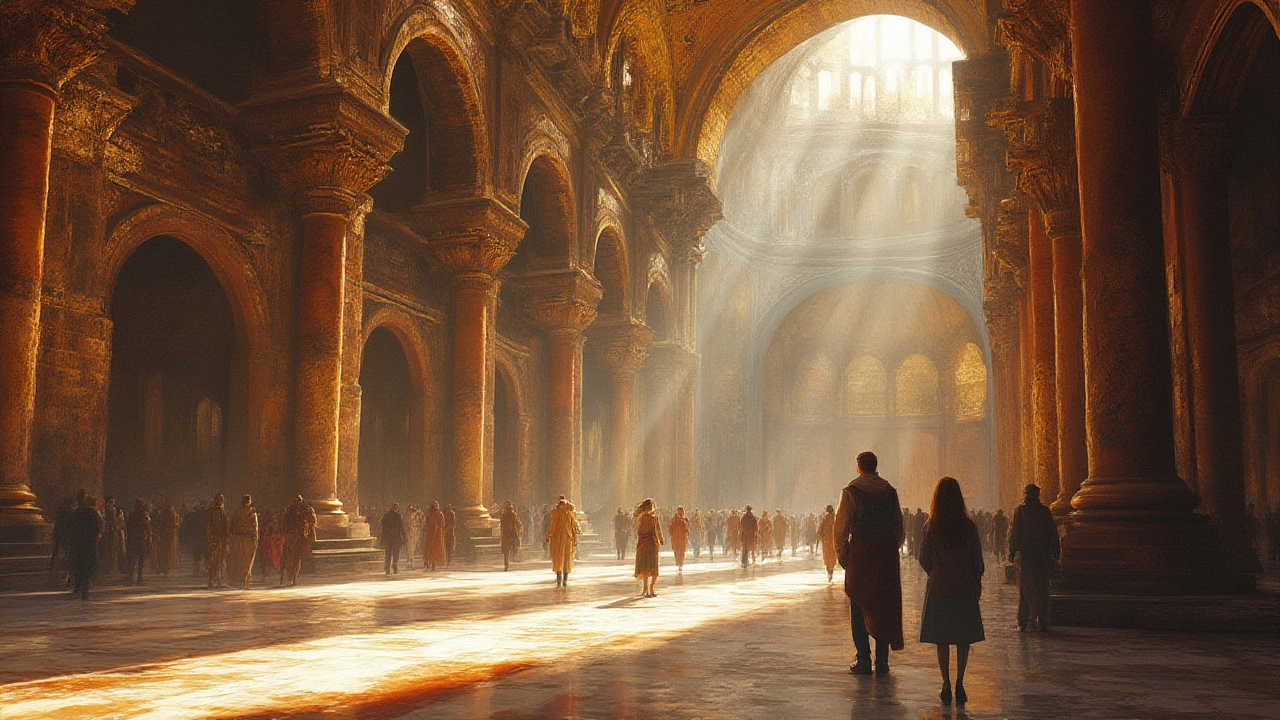
Byzantine Architecture: The Synthesis of Classical and Eastern Styles
Dive into Byzantine architecture—the blend of Roman engineering and Eastern flair, from soaring domes to glowing mosaics, that still shapes buildings today.
Read more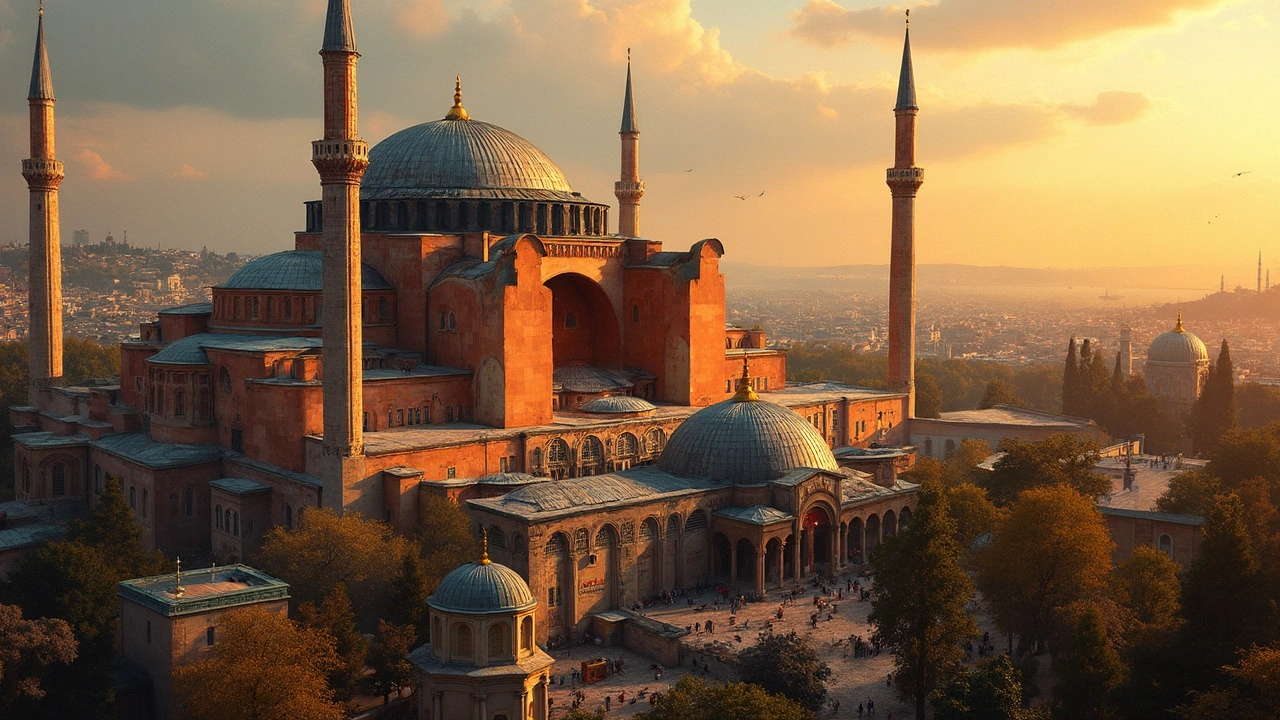
Byzantine Architecture: The Birth of a New Era in Construction
Byzantine architecture marked a transformative period in construction, bringing forward innovations that reshaped building design. It combined elements of Roman and Eastern influences, leading to iconic structures like the Hagia Sophia. Understanding this architectural style reveals the ingenuity and creativity of its architects. This article delves into its defining characteristics and the cultural impact it had during its time.
Read more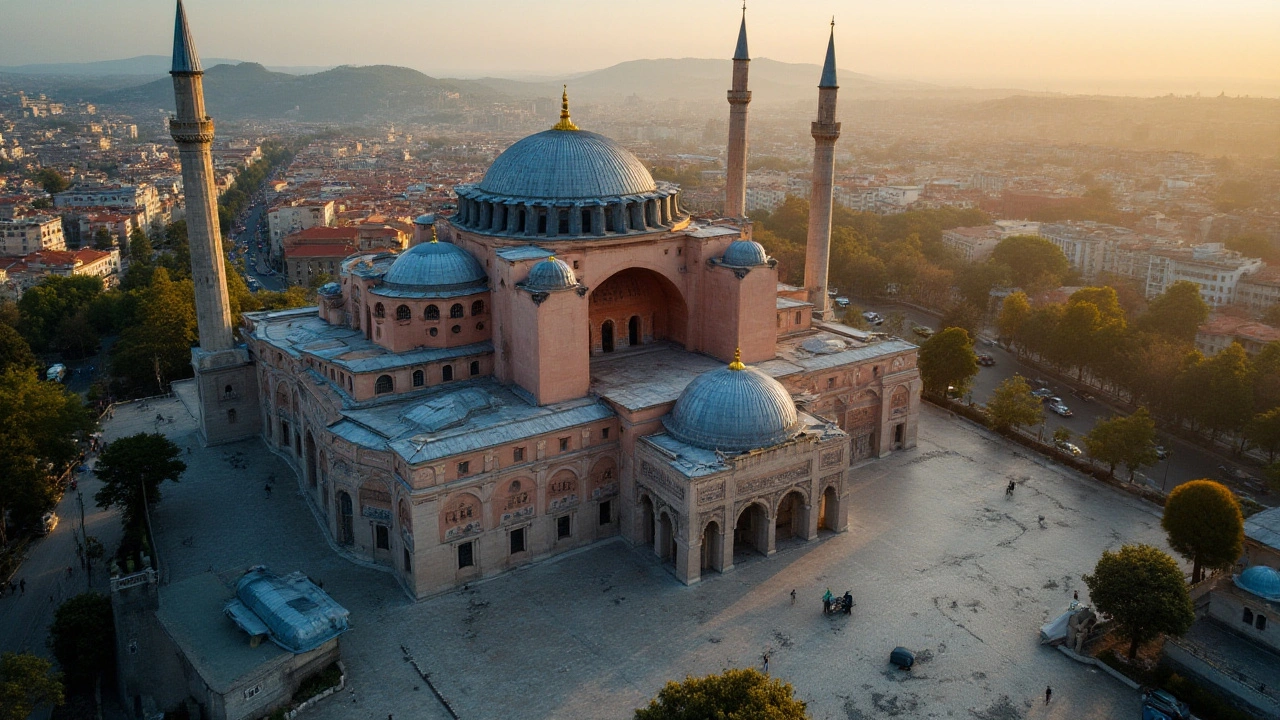
Exploring Byzantine Architecture: A Journey Through Ancient Artistry
Dive into the mesmerizing world of Byzantine architecture, a blend of art and engineering that flourished in the Eastern Roman Empire. Learn how this architectural style transformed iconic structures with grand domes and ornate mosaics, influencing generations to come. From the awe-inspiring Hagia Sophia to the hidden gems across Europe and the Middle East, appreciate the rich heritage and craftsmanship of Byzantine architects. Understand its key elements and the historical significance it holds even today.
Read more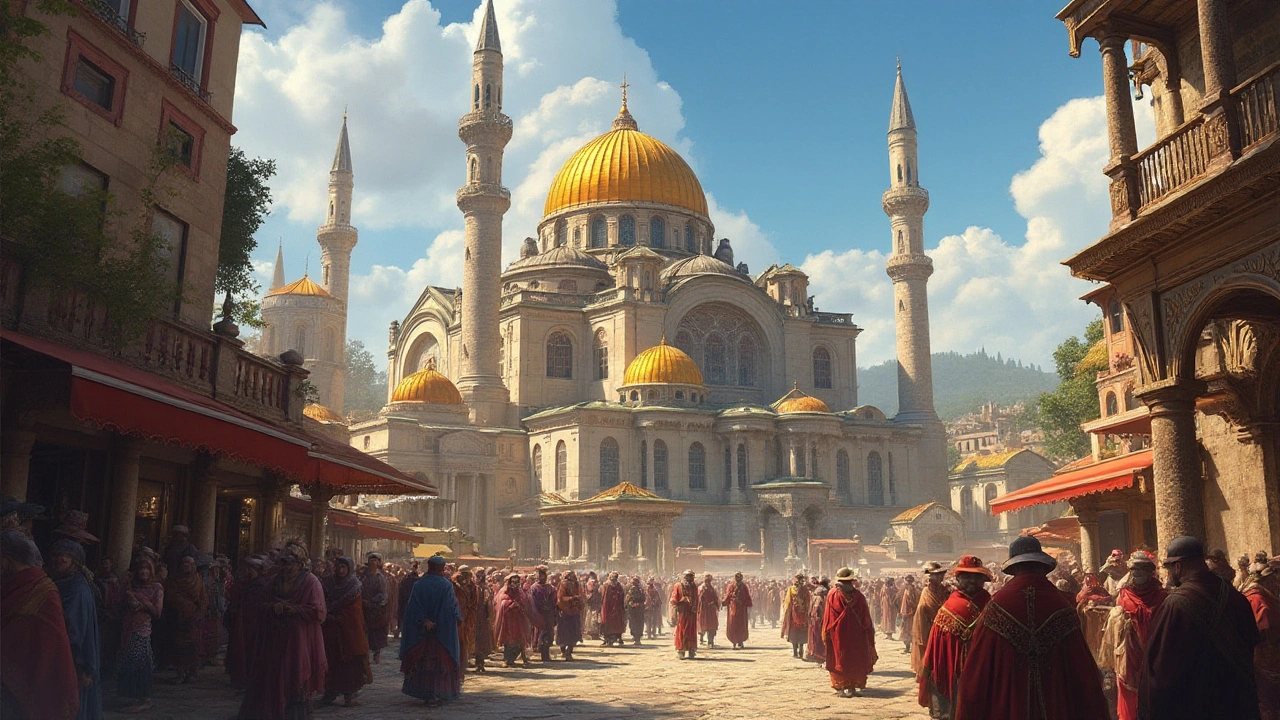
Exploring Byzantine Architecture: Fusion of Art and Sacred Space
Byzantine architecture is a unique blend of art and spirituality that emerged from the Roman Empire, primarily during its Eastern period. Known for its majestic domes and intricate mosaics, this architectural style reflects the intersection of divine inspiration and aesthetic expression. It incorporated innovative engineering techniques, contributing to its lasting legacy in religious and cultural edifices. The influence of Byzantine design can be seen in modern architecture, where its principles continue to inspire architects today.
Read more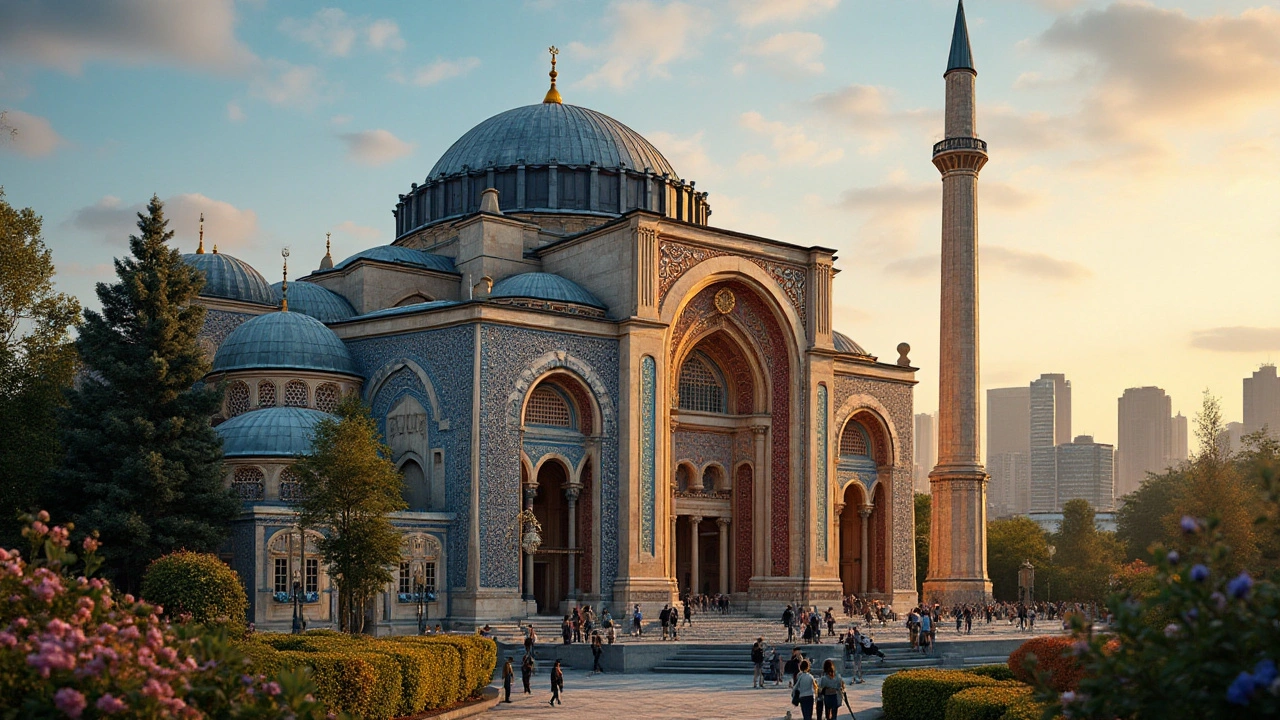
Bringing Back the Majesty of Byzantine Architecture
Exploring the magnificent world of Byzantine architecture, this article delves into the history, unique elements, and techniques for reviving these ancient designs. Filled with interesting facts and practical tips, this piece aims to offer a comprehensive look at how to preserve and reinterpret the glory of Byzantine buildings in modern architecture.
Read more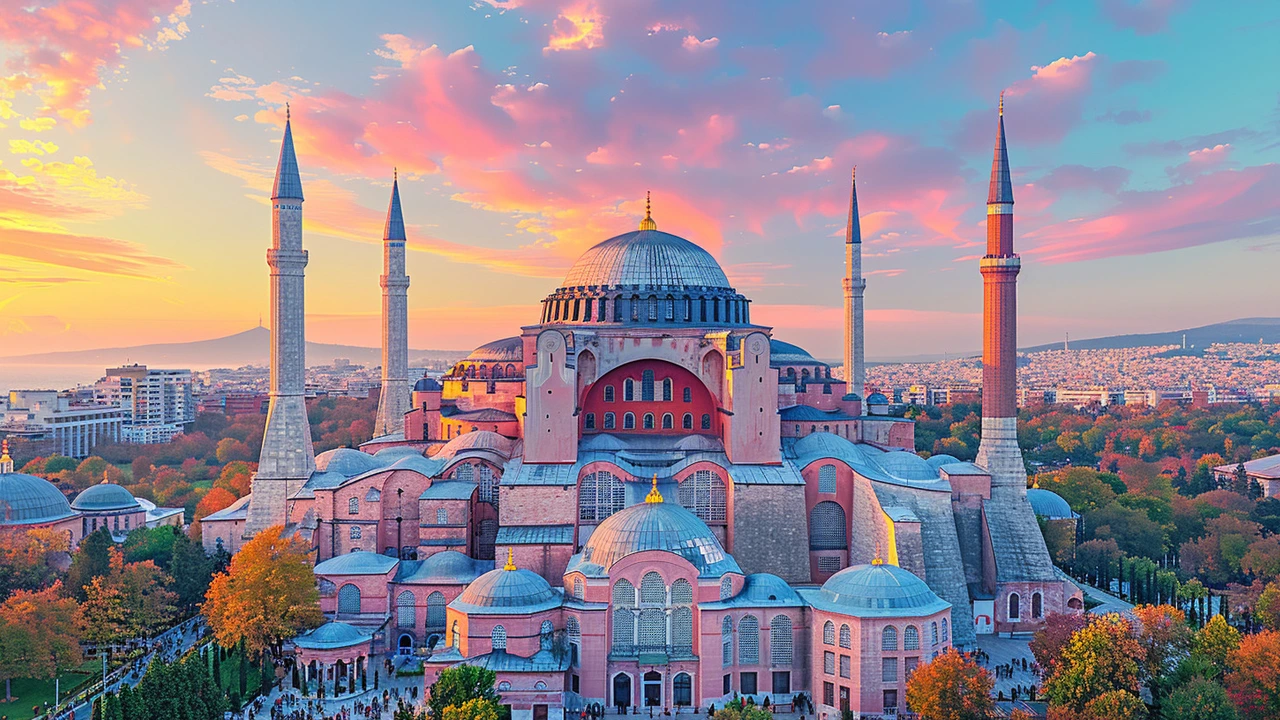
Exploring the Wonder of Byzantine Architecture: A Comprehensive Review
Discover the rich and elaborate world of Byzantine architecture. This captivating style combines artistic flair and engineering marvels, reflective of the empire's power and religion. Explore iconic structures, key features, and their lasting impact on architecture.
Read more